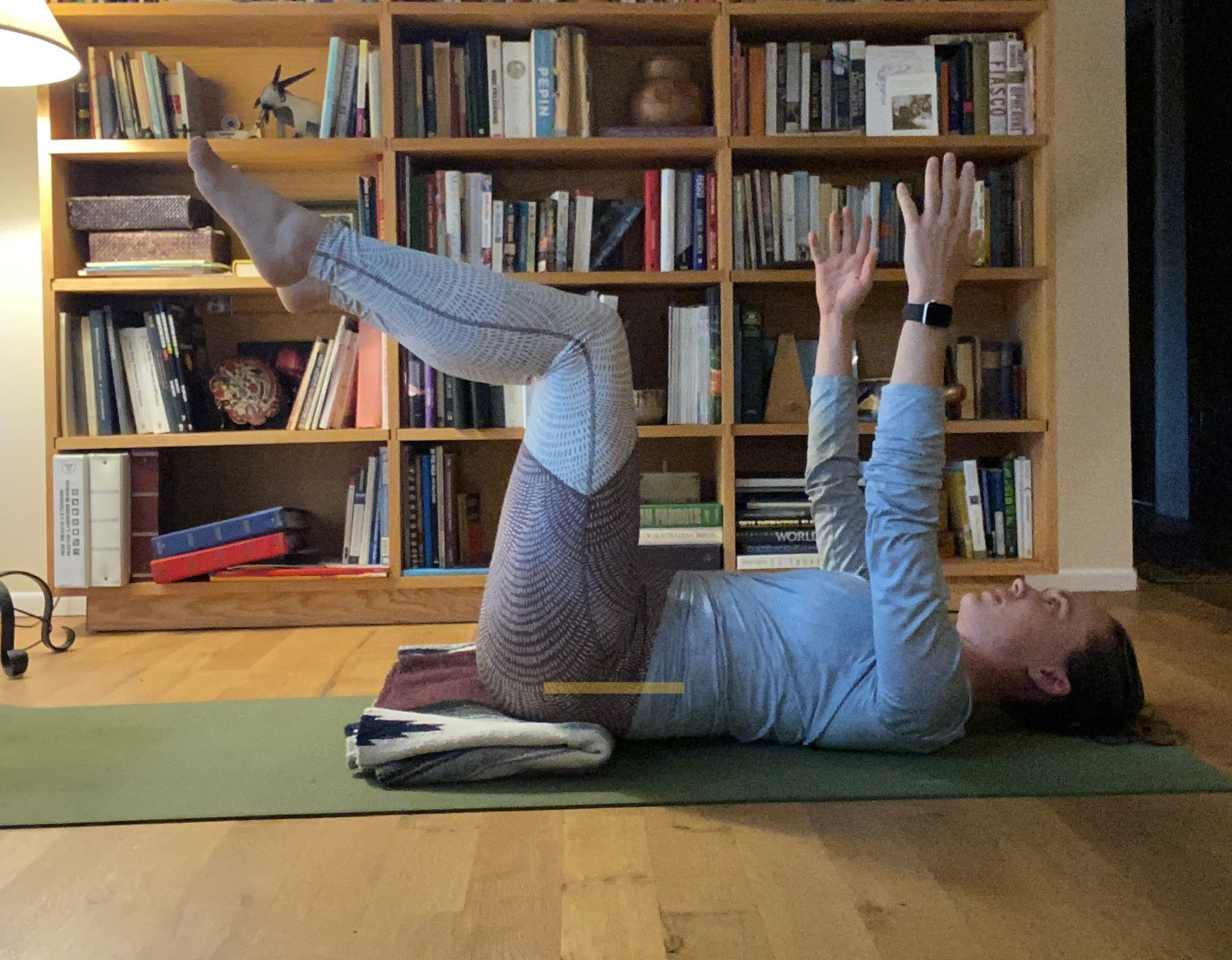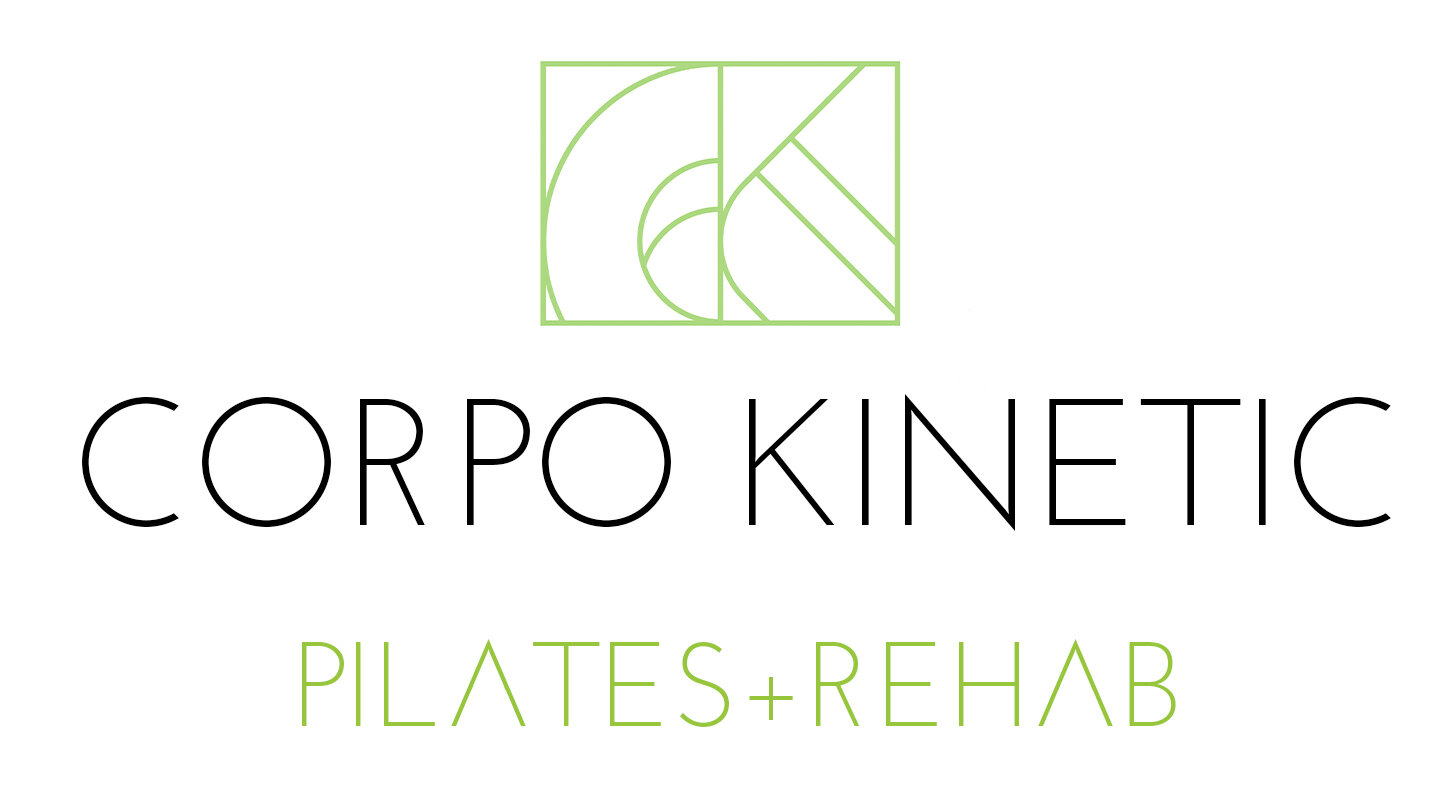
Blog

Common Cues Explained Pt II
There’s some common lingo you’ll hear in Pilates classes, which we began to cover in our previous blog, Common Cues Explained Pt I. In this blog we’ll discuss and deepen our understanding of more of these common cues.

Common Pilates Cues Explained
There’s some common lingo you’ll hear in Pilates classes. Regardless of whether your next class is your first or hundredth, let’s deepen our practice by reviewing some fundamental Pilates cues together.

Glutes, Glutes, Glutes!
At the start of each class, we ask our clients for requests — anything that they would particularly like to work on during the session. One of our most common requests: glute work. And we love that! Why? Because whether the requester knows it or not, strong glutes are essential to healthy, highly functioning spines, hips, and knees.

Neutral Pelvis, Cont.
In our last blog, we discussed the neutral pelvis: why it matters, and how to find your neutral in a variety of positions: sitting, standing, and laying on your back (or supine). Ideally, a neutral pelvis is one from which you can comfortably move, meaning we can effectively work the core and hip muscles without strain on the back or pelvis. Not everyone can comfortably find neutral without props or modifications - sometimes tension in the body, injury, or habitual postal patterns restrict the body’s ability to comfortably be in neutral without strain. If that sounds familiar, read further! This month we’re focusing on ways to prop or modify to make your neutral pelvis feel a little more comfortable, and possibly even a little more familiar.

What’s A Neutral Pelvis? (And Why It Matters)
If you’ve ever taken a Pilates class before, you’ve probably heard the instructor refer to a “neutral pelvis.” In this blog, we’ll explore what we mean by a neutral pelvis, why we focus on it in Pilates, and how to understand what’s happening in your own pelvic alignment.

